Home>Furniture & Design>Outdoor Furniture>How To Treat Pine For Outdoor Use
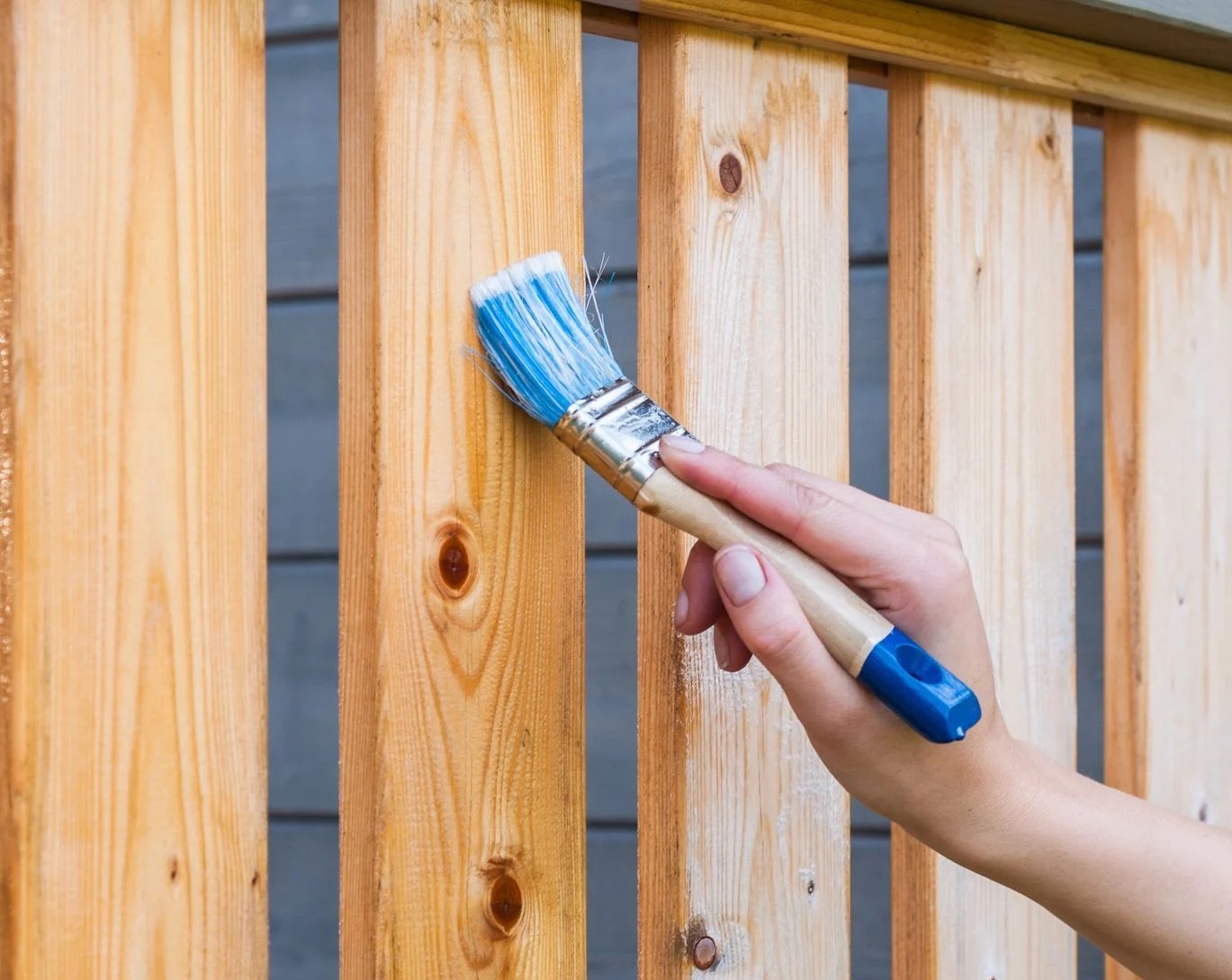

Outdoor Furniture
How To Treat Pine For Outdoor Use
Modified: January 16, 2024
Learn how to properly treat pine for outdoor use and protect your outdoor furniture with our expert tips and advice. Enhance the durability and design of your outdoor furniture with our outdoor-friendly pine treatment methods.
(Many of the links in this article redirect to a specific reviewed product. Your purchase of these products through affiliate links helps to generate commission for Storables.com, at no extra cost. Learn more)
Introduction
When it comes to outdoor furniture and decor, pine wood is a popular choice due to its affordability, versatility, and natural beauty. However, using untreated pine outdoors can lead to decay and deterioration over time. To ensure that your pine wood furniture and accents withstand the elements and maintain their allure, it's crucial to properly treat and protect them.
In this comprehensive guide, we will delve into the nuances of treating pine wood for outdoor use. From understanding the characteristics of pine wood to the step-by-step process of preparing, treating, and maintaining it, you'll gain valuable insights to safeguard your outdoor pine wood investments. Whether you're a seasoned DIY enthusiast or a novice looking to elevate your outdoor space, this guide will equip you with the knowledge and techniques to preserve the charm and longevity of your pine wood furniture and designs. Let's embark on this journey to unlock the potential of pine wood in the great outdoors.
Key Takeaways:
- Protecting outdoor pine wood involves preparing, treating, and maintaining it to withstand decay and enhance its natural beauty, ensuring enduring charm and longevity in outdoor spaces.
- By understanding pine wood vulnerabilities and applying suitable treatments and finishes, outdoor pine wood creations can thrive, captivating with enduring charm and functionality.
Read more: How To Finish Pine For Outdoor Use
Understanding Pine Wood
Pine wood, known for its light color and prominent grain patterns, is a softwood that is widely utilized in various outdoor furniture and design applications. Its inherent affordability and ease of workability make it an attractive choice for many outdoor projects. However, it’s important to comprehend the characteristics of pine wood before utilizing it in outdoor settings.
Pine is susceptible to decay and degradation when exposed to moisture, insects, and UV radiation. Without proper treatment and protection, pine wood can warp, crack, and lose its structural integrity over time. Additionally, its natural resin can make it prone to sap leakage, which may affect the wood’s appearance and functionality.
Understanding the vulnerabilities of pine wood is essential for making informed decisions about its outdoor use. By acknowledging its susceptibility to environmental factors, you can take proactive measures to fortify and shield it, ensuring that your outdoor pine wood creations remain resilient and visually appealing.
Next, we will explore the crucial steps involved in preparing pine wood for outdoor use, equipping you with the foundational knowledge to embark on the treatment process.
Preparing Pine Wood for Outdoor Use
Before treating pine wood for outdoor use, it’s imperative to prepare the material properly to maximize the effectiveness of the treatment and ensure long-lasting results. The preparation process involves several key steps that set the stage for successful treatment and protection against outdoor elements.
- Surface Inspection: Begin by carefully examining the surface of the pine wood. Look for any imperfections, such as knots, cracks, or uneven areas, that may compromise the treatment’s efficacy. Sand down rough spots and address any visible issues to create a smooth and uniform surface for treatment.
- Moisture Content: Assess the moisture content of the pine wood. Ideally, the moisture level should be between 12% and 15% for optimal treatment absorption and long-term stability. Use a moisture meter to gauge the wood’s moisture content and take appropriate measures to achieve the recommended range if necessary.
- Deburring and Cleaning: Remove any burrs, splinters, or debris from the wood’s surface. Thoroughly clean the wood to eliminate dirt, dust, and other contaminants that could hinder the treatment process. A clean and smooth surface facilitates better treatment penetration and adhesion.
- End Sealing: Seal the ends of the pine boards to prevent excessive moisture absorption and subsequent cracking. Applying an end sealer helps maintain the wood’s moisture balance and minimizes the risk of end grain-related issues, enhancing the overall durability of the treated wood.
By diligently preparing the pine wood for outdoor use, you establish a solid foundation for the subsequent treatment steps. This proactive approach sets the stage for effective treatment application, ultimately contributing to the longevity and resilience of your outdoor pine wood creations.
Treating Pine Wood
Effectively treating pine wood for outdoor use involves applying protective solutions that fortify the wood against moisture, decay, and insect infestation. The treatment process aims to imbue the pine wood with enhanced durability and resistance, mitigating the detrimental effects of outdoor exposure. Here are the primary methods for treating pine wood:
- Chemical Treatments: Pressure-treated pine is a popular choice for outdoor applications due to its resilience against decay and insects. This treatment involves impregnating the wood with preservative chemicals under high pressure, ensuring deep penetration and long-lasting protection. While pressure-treated pine offers robust resistance, it’s essential to consider the potential environmental and health implications associated with certain chemical treatments.
- Natural Oil Treatments: Utilizing natural oils, such as linseed oil or tung oil, is a more eco-friendly approach to treating pine wood for outdoor use. These oils penetrate the wood, nourishing and protecting it from within while allowing it to breathe. Natural oil treatments enhance the wood’s natural beauty and provide moderate resistance against moisture and UV exposure. Regular reapplication is typically required to maintain the protective benefits of natural oil treatments.
- Water-Based Treatments: Water-based wood treatments, including water repellents and sealants, offer a versatile and environmentally conscious solution for protecting pine wood outdoors. These treatments create a protective barrier on the wood’s surface, shielding it from moisture infiltration and minimizing the risk of decay. Additionally, some water-based treatments incorporate UV inhibitors to safeguard the wood from sun-induced damage.
When selecting a treatment method for your outdoor pine wood projects, it’s crucial to consider factors such as environmental impact, desired level of protection, and long-term maintenance requirements. By choosing an appropriate treatment approach and diligently applying it to the pine wood, you can significantly enhance its resilience and longevity in outdoor environments.
To treat pine for outdoor use, apply a wood preservative or sealant to protect it from moisture and decay. Make sure to follow the manufacturer’s instructions for proper application and reapplication.
Applying a Finish
After treating pine wood for outdoor use, applying a suitable finish is essential to further fortify the wood and enhance its aesthetic appeal. The finishing process not only adds an additional layer of protection against environmental elements but also contributes to the overall visual allure of the wood. Here are key considerations and methods for applying a finish to treated pine wood:
- Choosing the Right Finish: Selecting an appropriate finish is crucial for achieving the desired level of protection and appearance. Options such as exterior-grade polyurethane, marine varnish, or outdoor-specific wood sealers are well-suited for pine wood in outdoor settings. Consider factors such as durability, UV resistance, and maintenance requirements when choosing a finish.
- Surface Preparation: Before applying the finish, ensure that the treated pine wood surface is clean, dry, and free of any residual treatment substances. Lightly sand the wood to create a smooth and receptive surface for the finish. Proper surface preparation is essential for optimal finish adhesion and longevity.
- Application Techniques: Depending on the chosen finish, follow the manufacturer’s guidelines for application techniques. Whether using a brush, roller, or sprayer, apply the finish evenly and methodically, ensuring comprehensive coverage. Multiple thin coats are often more effective than a single heavy application, promoting better penetration and durability.
- Maintenance Considerations: Understand the maintenance requirements associated with the chosen finish. Some finishes may necessitate periodic reapplication or touch-ups to uphold their protective qualities. By adhering to recommended maintenance schedules, you can prolong the lifespan of the finish and preserve the integrity of the treated pine wood.
By diligently applying a suitable finish to the treated pine wood, you not only bolster its resistance to outdoor elements but also elevate its visual appeal, resulting in outdoor furniture and designs that exude enduring charm and durability.
Read more: How To Treat Redwood For Outdoor Use
Maintaining Treated Pine Wood
Proper maintenance is integral to preserving the longevity and aesthetics of treated pine wood in outdoor environments. By implementing routine care and upkeep practices, you can safeguard the wood against wear, degradation, and environmental influences, ensuring that your outdoor pine wood creations retain their allure and structural integrity over time. Here are key maintenance considerations for treated pine wood:
- Cleaning: Regularly clean the treated pine wood surfaces to remove dirt, pollen, and other debris that can accumulate over time. Utilize a mild soap solution and a soft brush or cloth to gently scrub the wood, followed by thorough rinsing. Avoid harsh cleaning agents that may compromise the finish or treatment.
- UV Protection: Minimize sun exposure and mitigate UV-related damage by strategically placing outdoor pine wood furniture and decor in shaded areas whenever possible. Additionally, consider using protective covers or awnings to shield the wood from prolonged direct sunlight, reducing the risk of color fading and surface degradation.
- Inspecting and Repairing: Periodically inspect the treated pine wood for signs of wear, moisture infiltration, or finish deterioration. Promptly address any issues, such as cracks, peeling finish, or water damage, to prevent further deterioration and maintain the wood’s protective integrity. Regular inspections enable proactive maintenance and preservation of the wood’s condition.
- Reapplication of Finish: Depending on the type of finish applied, periodic reapplication may be necessary to uphold its protective qualities. Follow the manufacturer’s recommendations for reapplication intervals and techniques to ensure that the treated pine wood remains adequately shielded and visually appealing.
By integrating these maintenance practices into your outdoor wood care regimen, you can prolong the life of treated pine wood and uphold its aesthetic and functional value in outdoor settings. Consistent care and attention contribute to the enduring beauty and resilience of outdoor pine wood furniture and designs, enriching your outdoor living spaces for years to come.
Conclusion
As we conclude our exploration of treating pine wood for outdoor use, it’s evident that proper treatment and maintenance are pivotal for ensuring the longevity and visual appeal of outdoor pine wood furniture and designs. By understanding the characteristics of pine wood and implementing comprehensive treatment measures, you can fortify the wood against environmental elements and preserve its natural beauty.
From the initial preparation of the wood to the application of protective treatments and finishes, each step plays a crucial role in enhancing the resilience and aesthetics of outdoor pine wood creations. By embracing the principles of proactive care and maintenance, you can safeguard the treated pine wood, allowing it to thrive in outdoor settings while captivating onlookers with its enduring charm.
Whether you’re crafting custom outdoor furniture, embellishing your patio with pine wood accents, or simply seeking to elevate your outdoor living space, the insights shared in this guide empower you to unleash the full potential of pine wood in the great outdoors. With the right knowledge and techniques at your disposal, you can embark on a journey of creativity and preservation, transforming ordinary pine wood into enduring outdoor marvels.
By honoring the heritage of pine wood and nurturing it with thoughtful treatment and care, you contribute to the legacy of outdoor furniture and designs that stand the test of time, enriching your outdoor sanctuary with enduring beauty and functionality.
Let this guide serve as your compass as you embark on the enriching endeavor of treating and maintaining pine wood for outdoor use, empowering you to create outdoor spaces that beckon with the timeless allure of treated pine wood.
Frequently Asked Questions about How To Treat Pine For Outdoor Use
Was this page helpful?
At Storables.com, we guarantee accurate and reliable information. Our content, validated by Expert Board Contributors, is crafted following stringent Editorial Policies. We're committed to providing you with well-researched, expert-backed insights for all your informational needs.
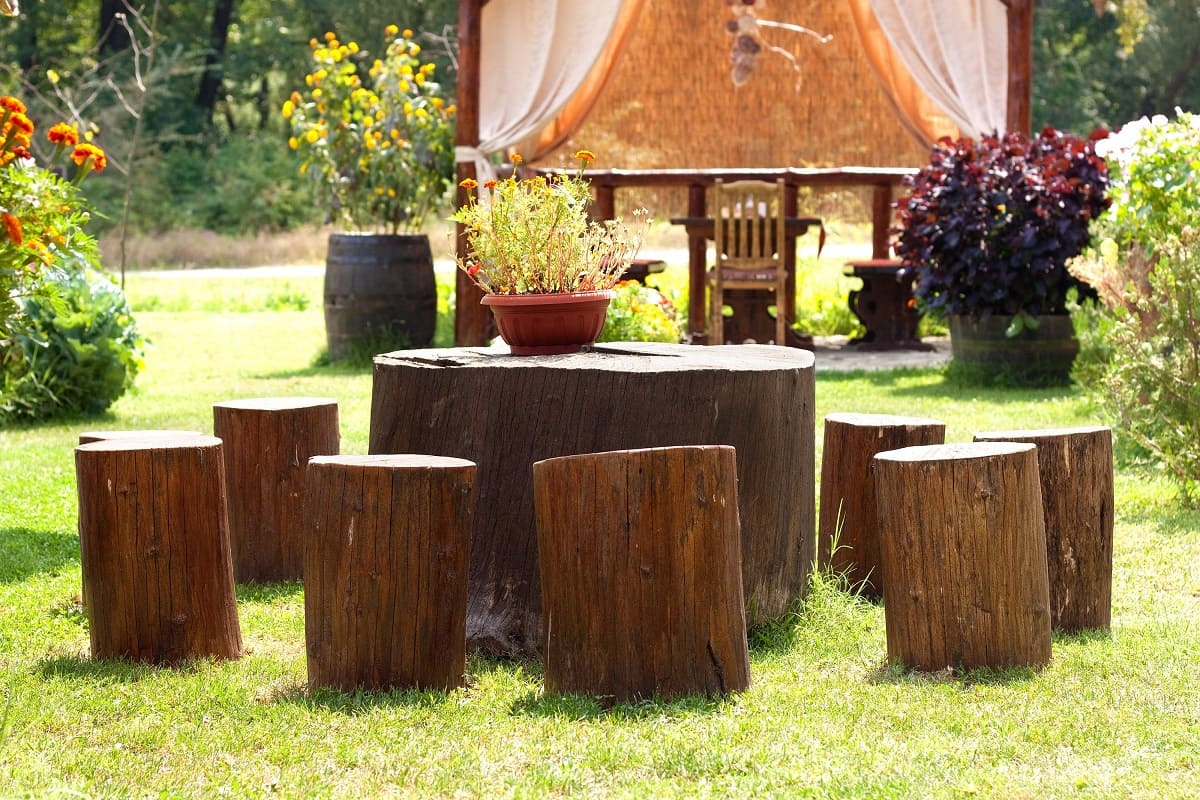
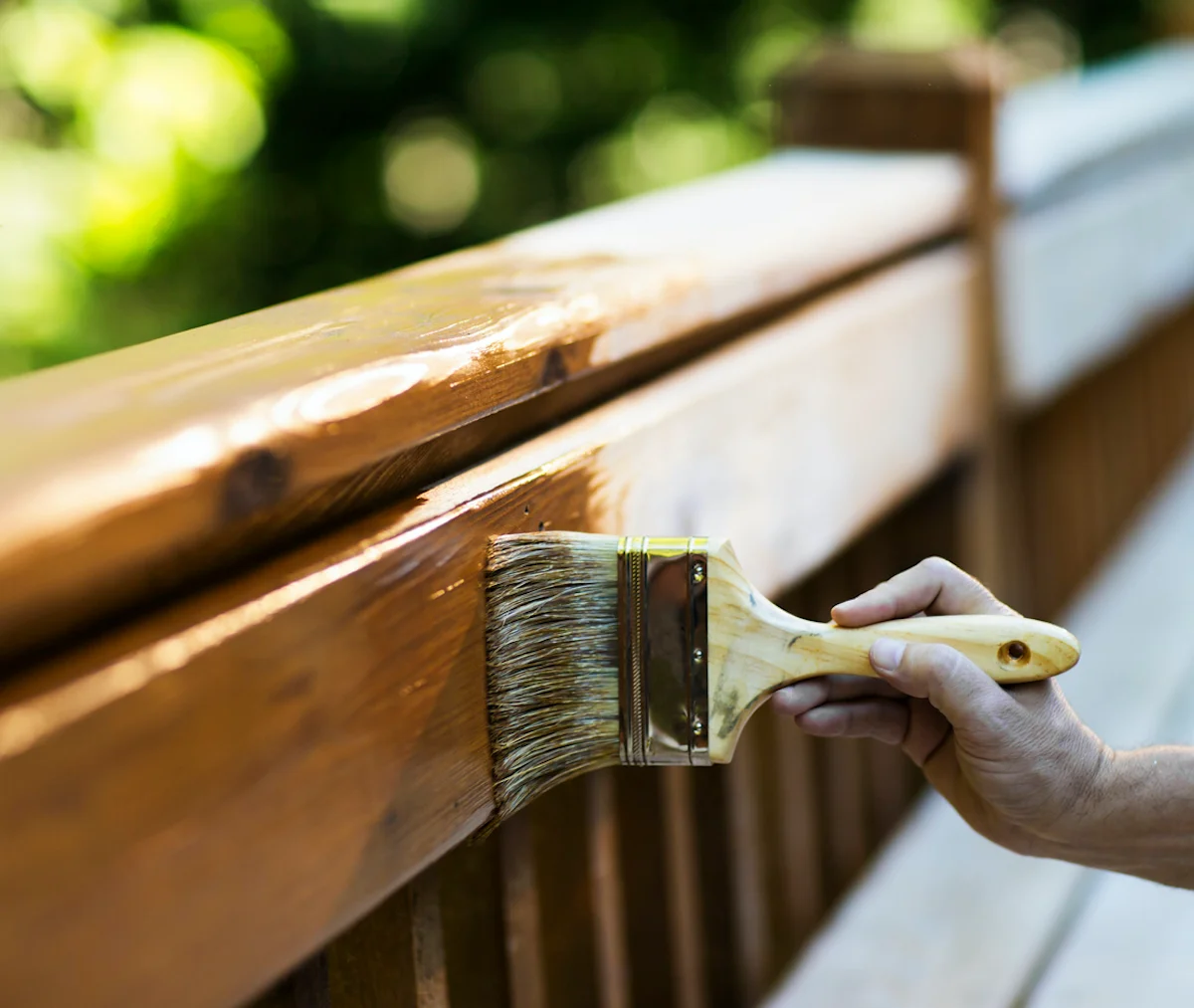
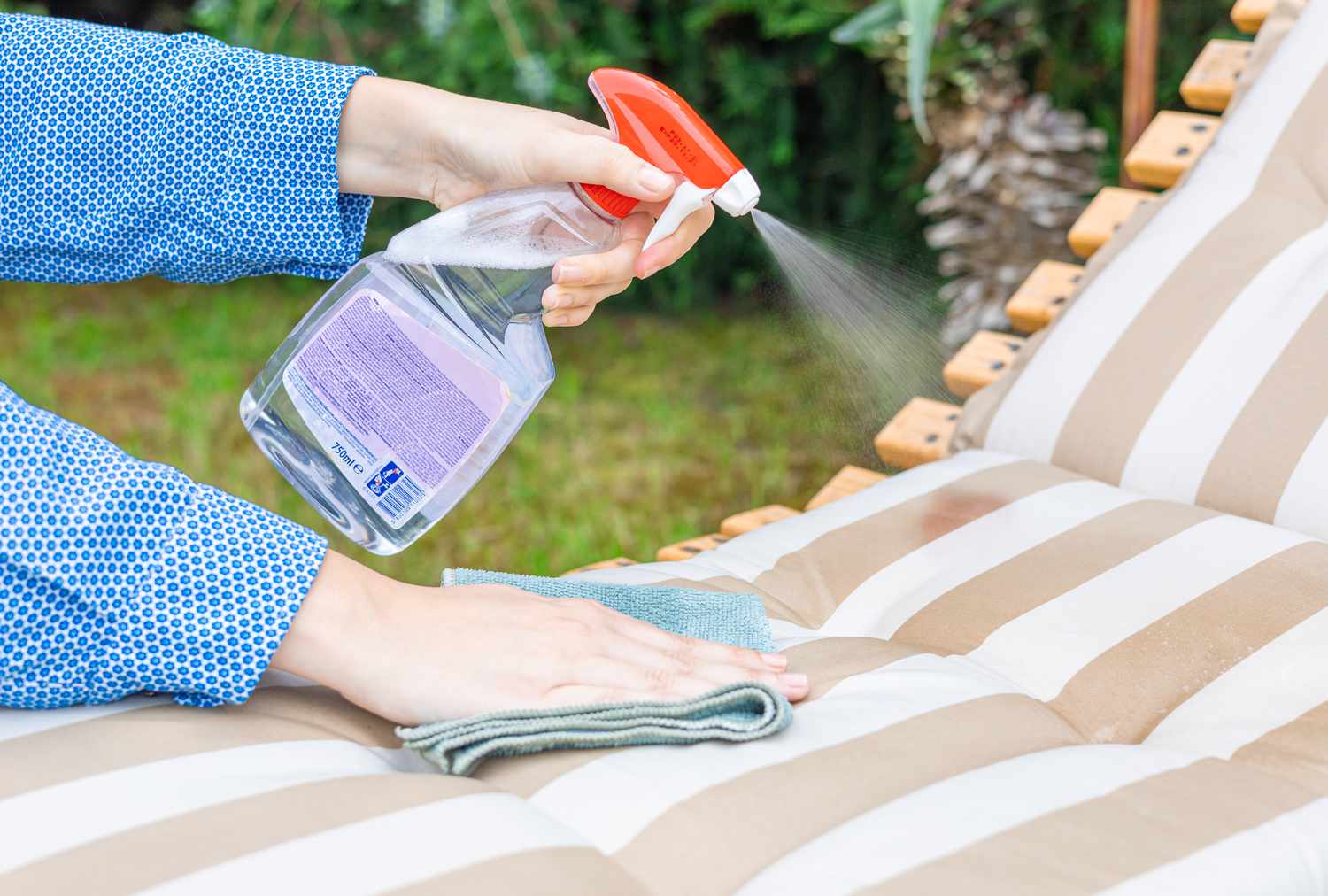
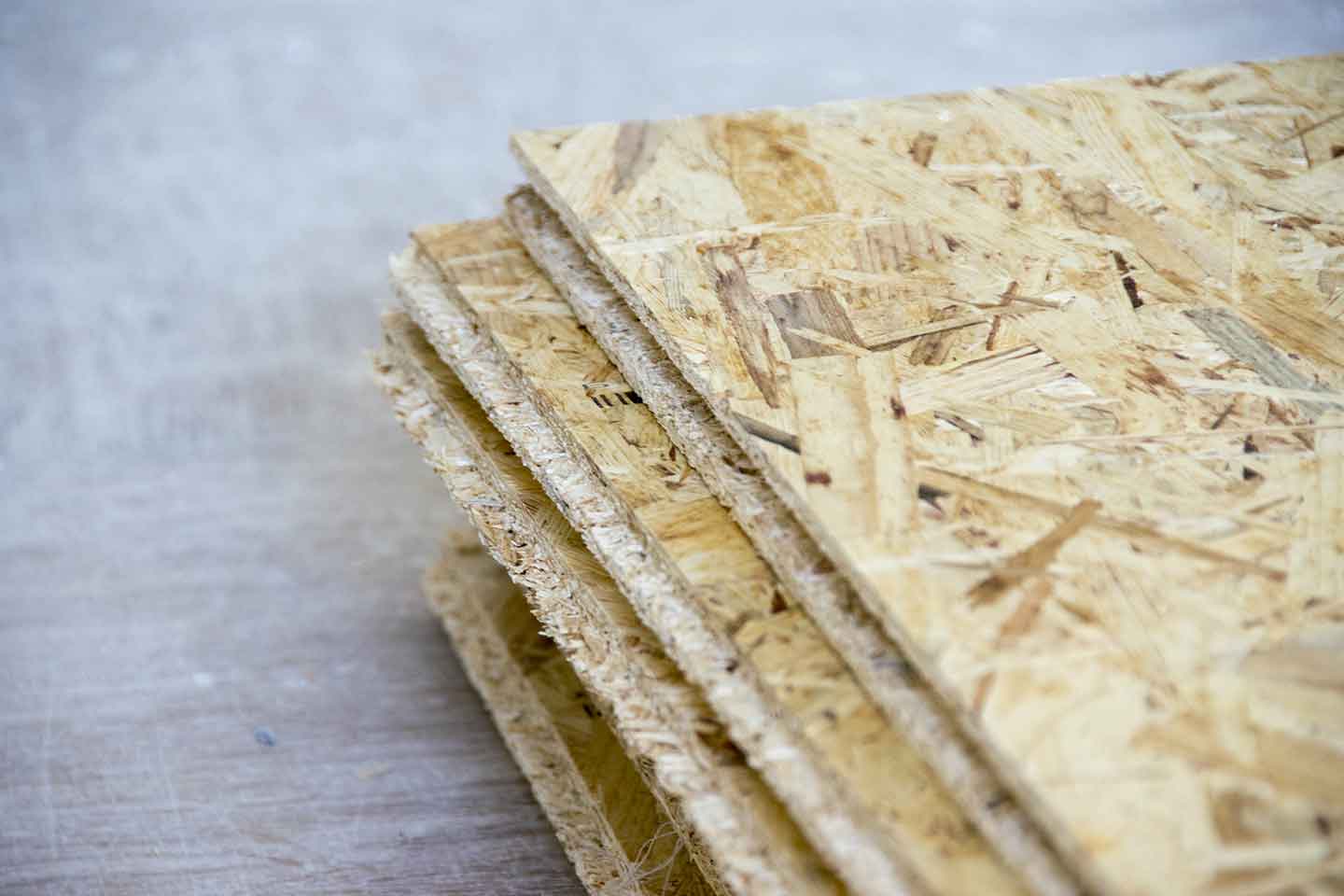
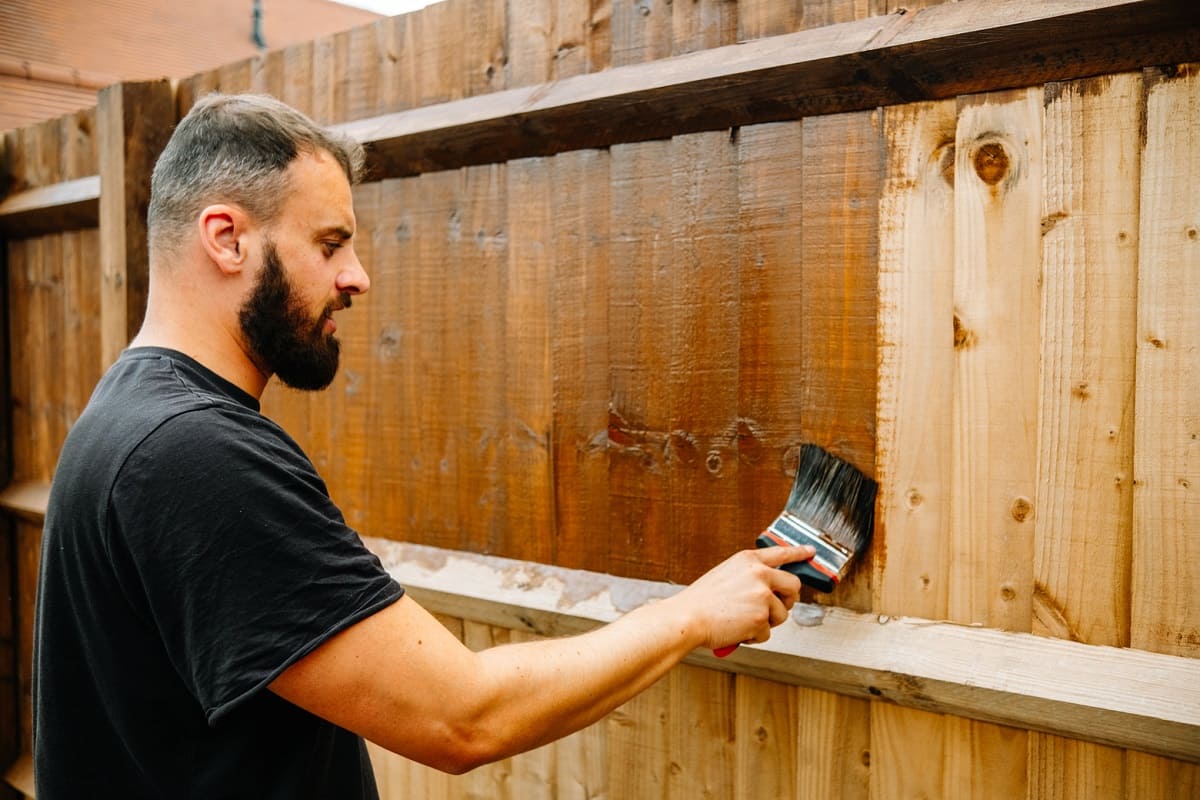
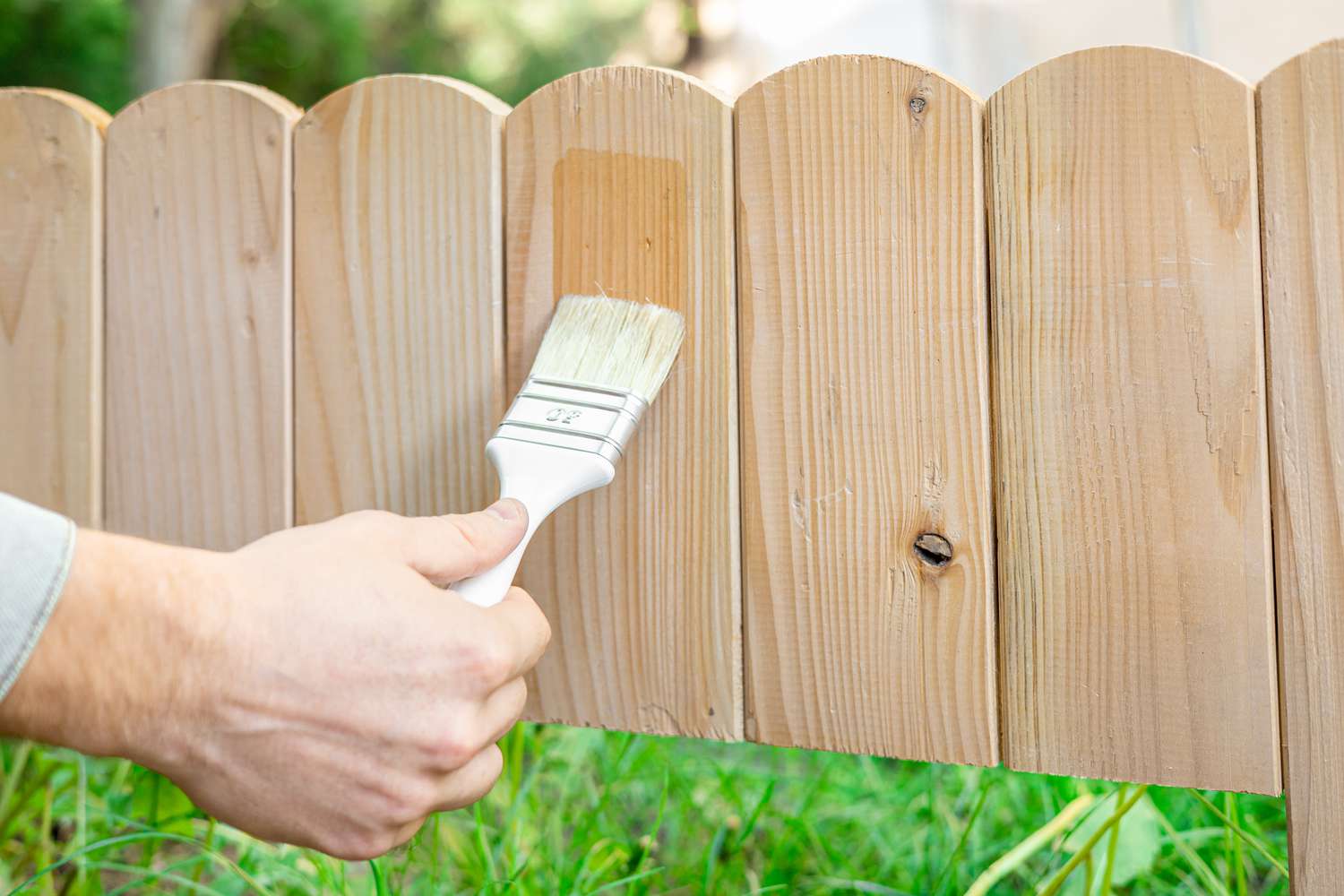
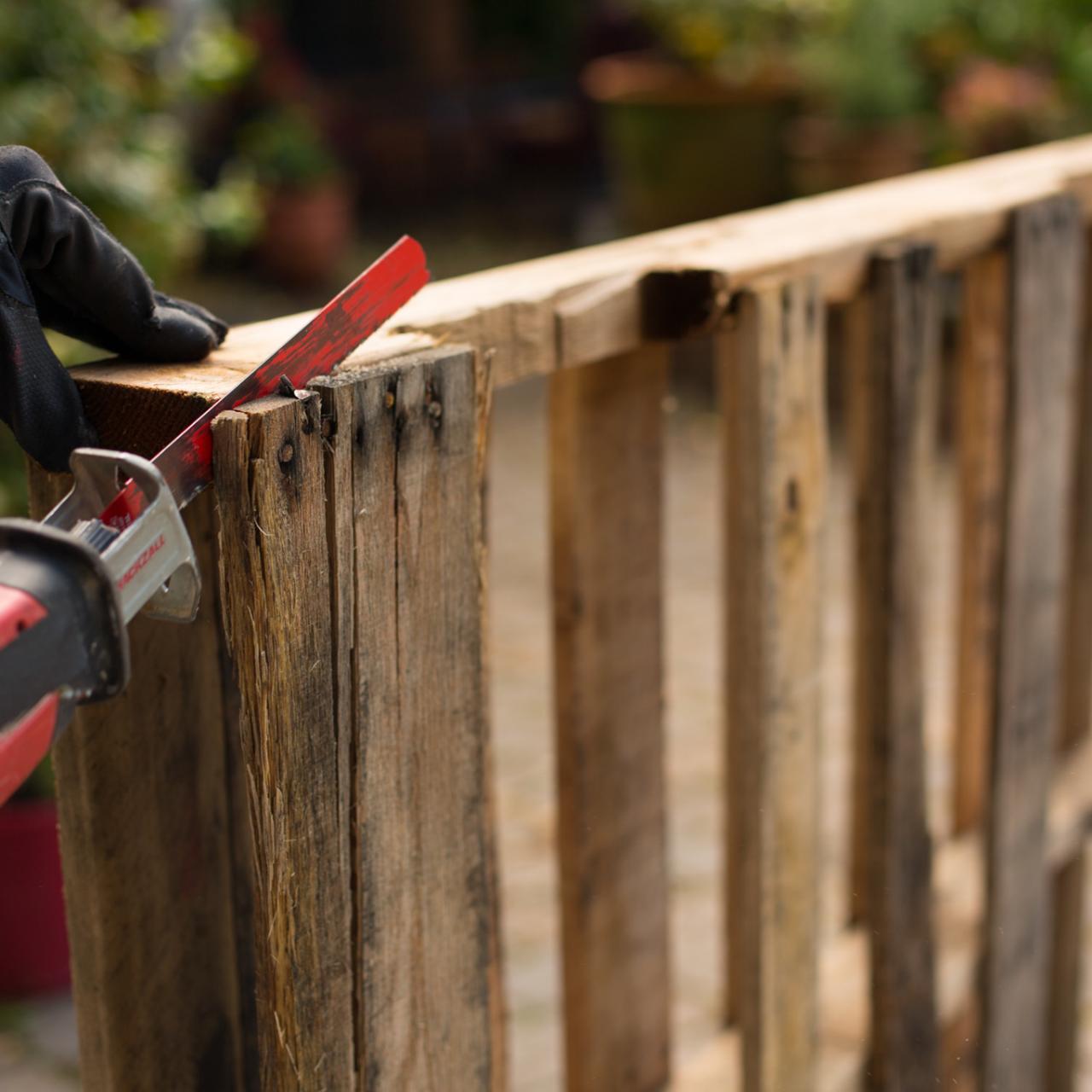
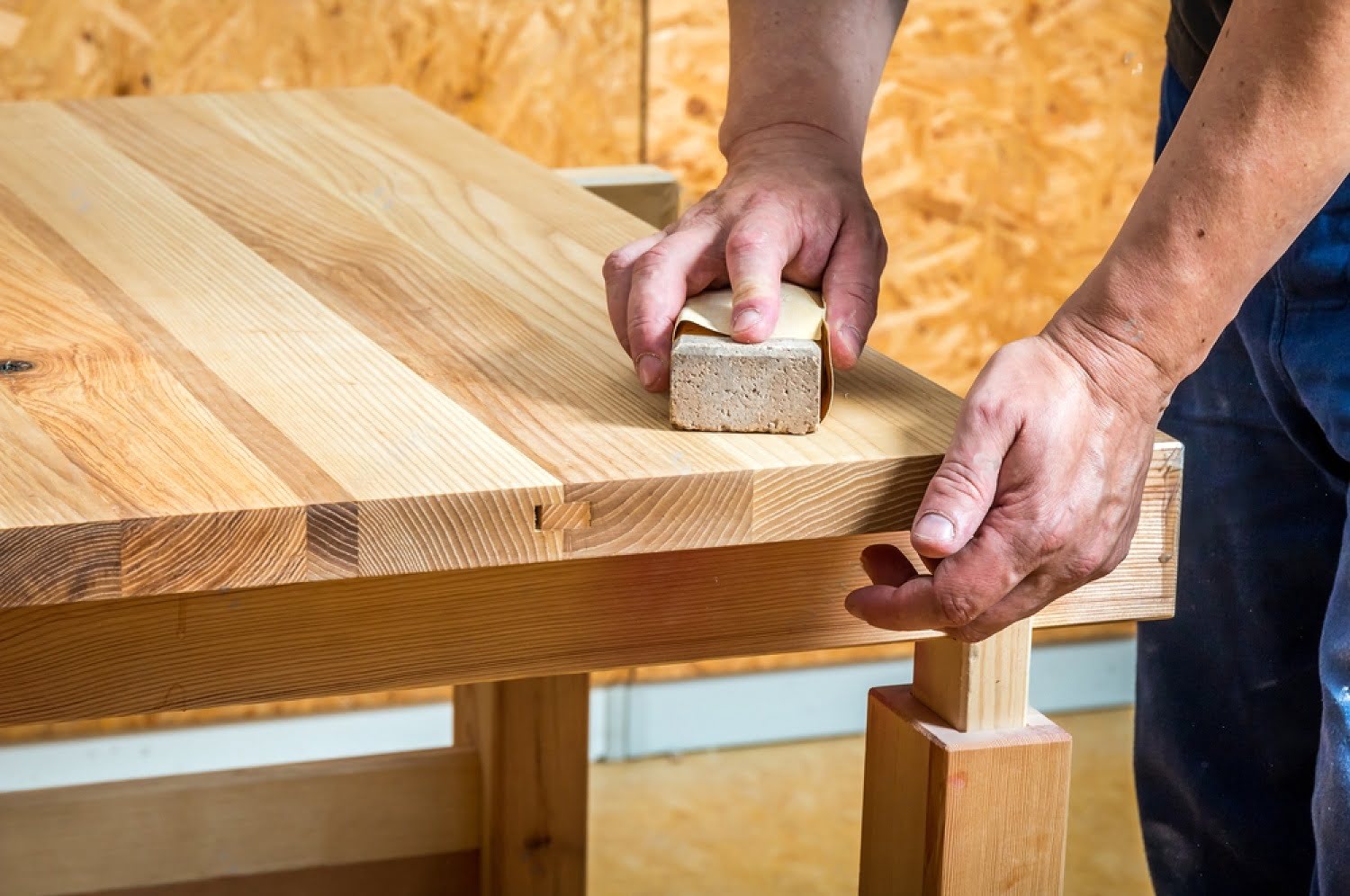
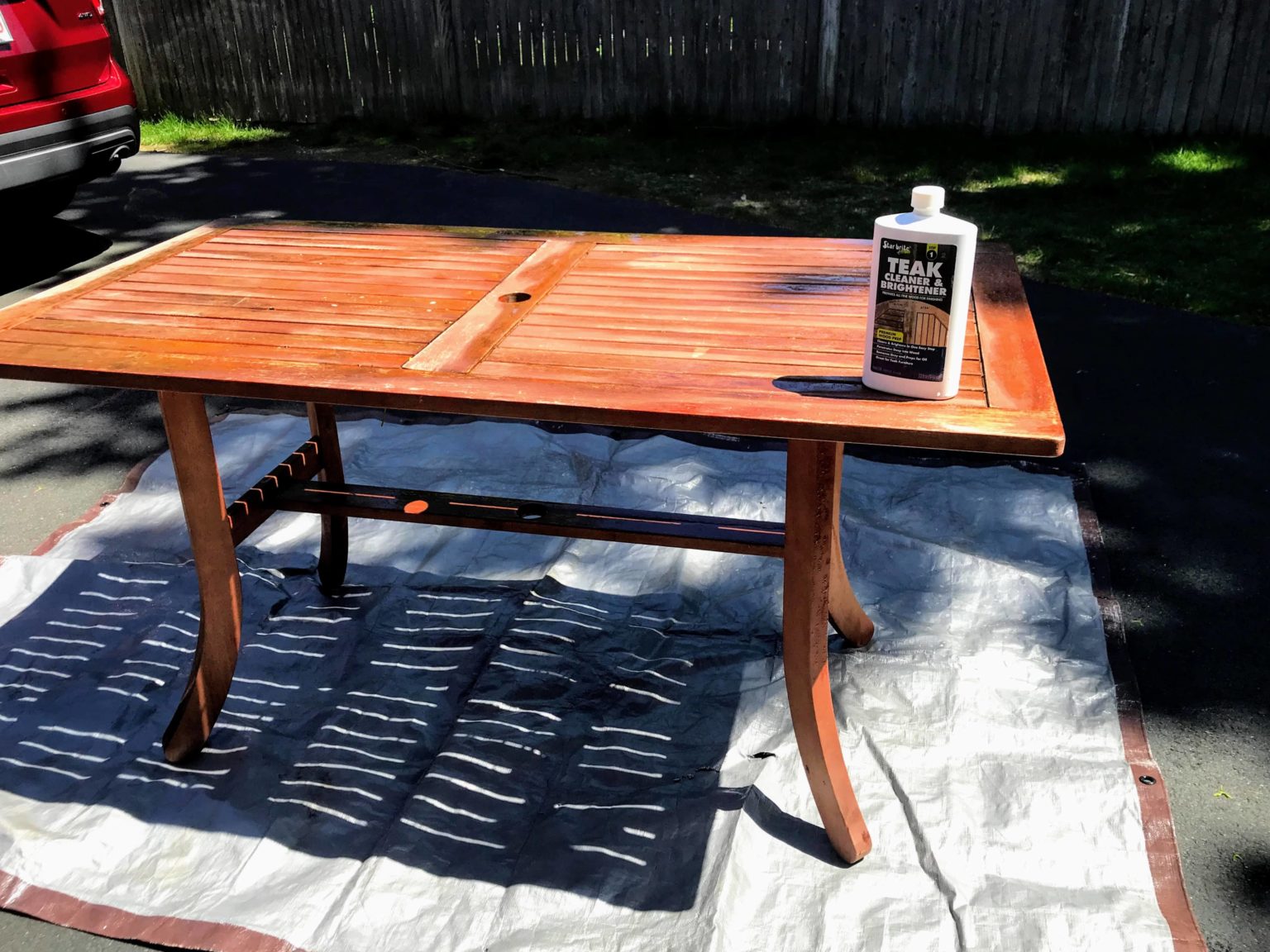
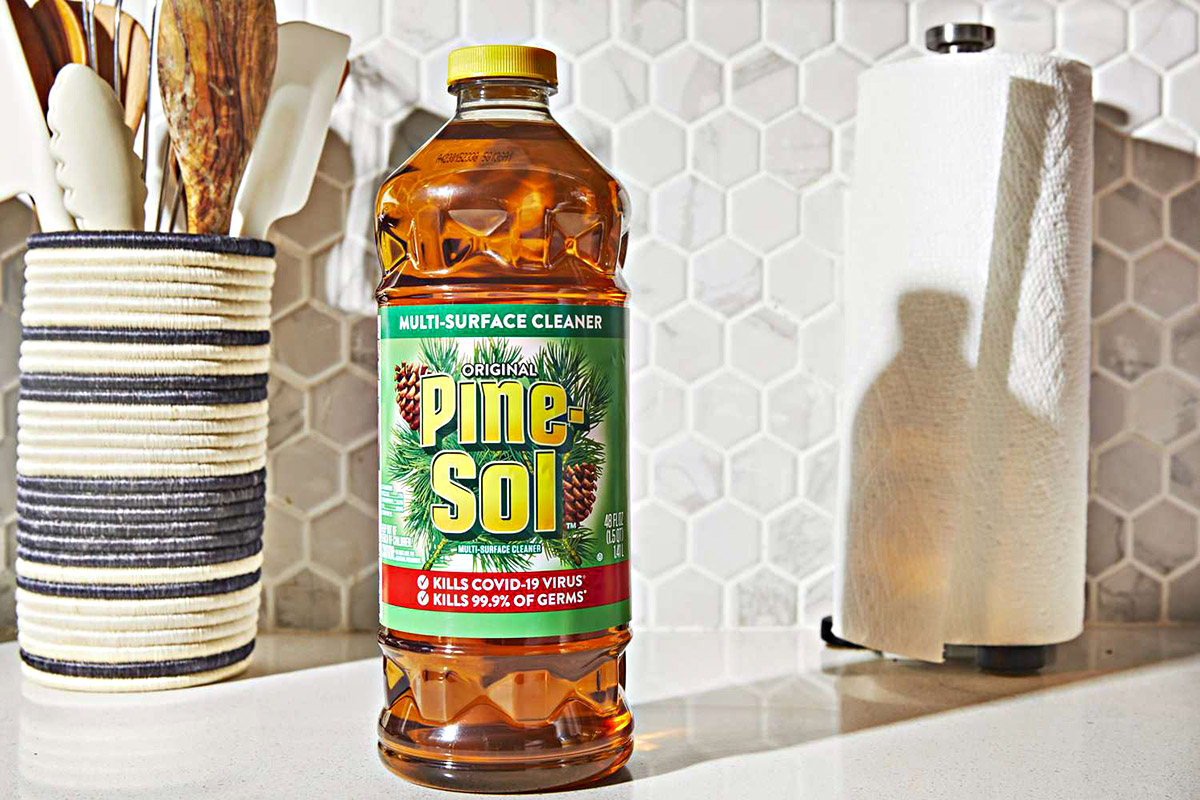
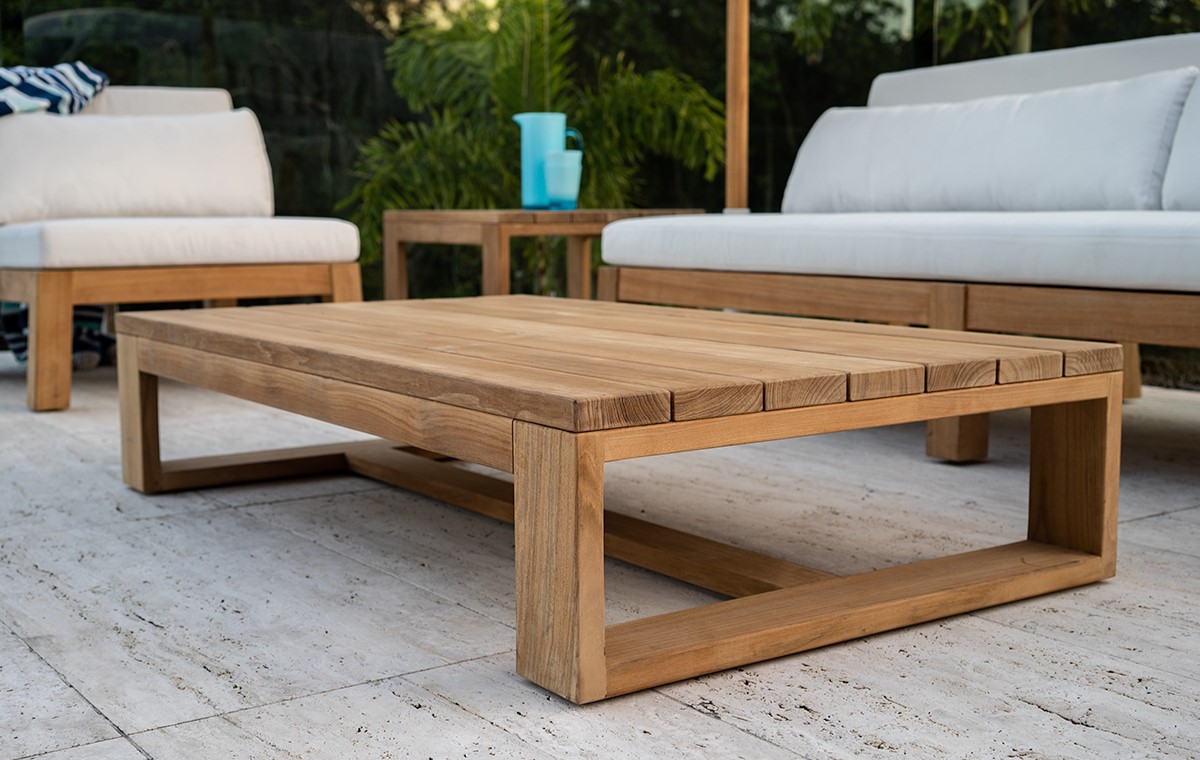
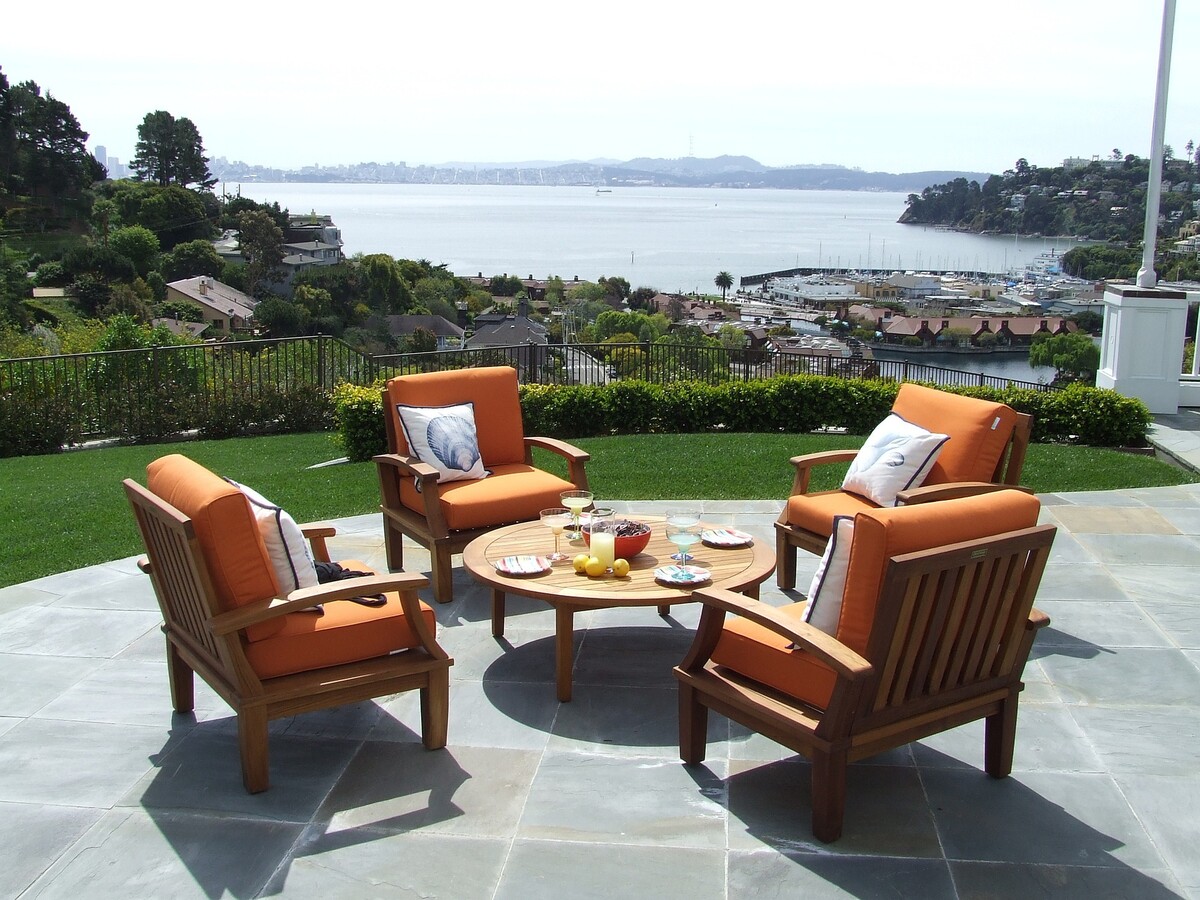
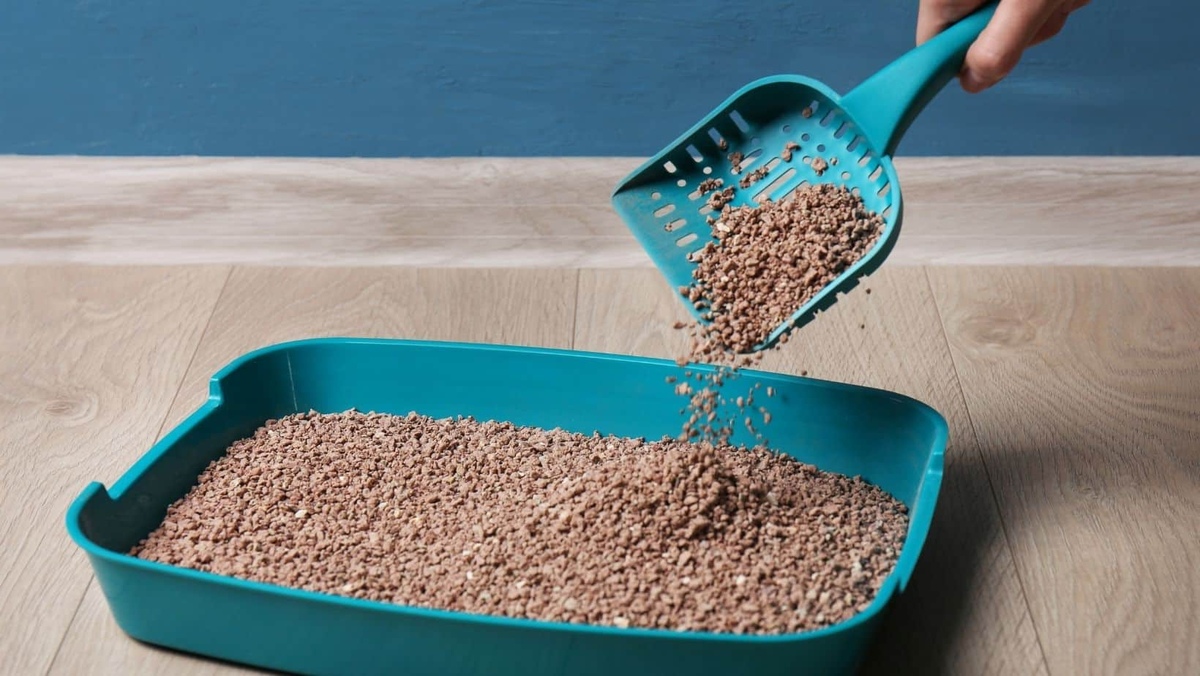
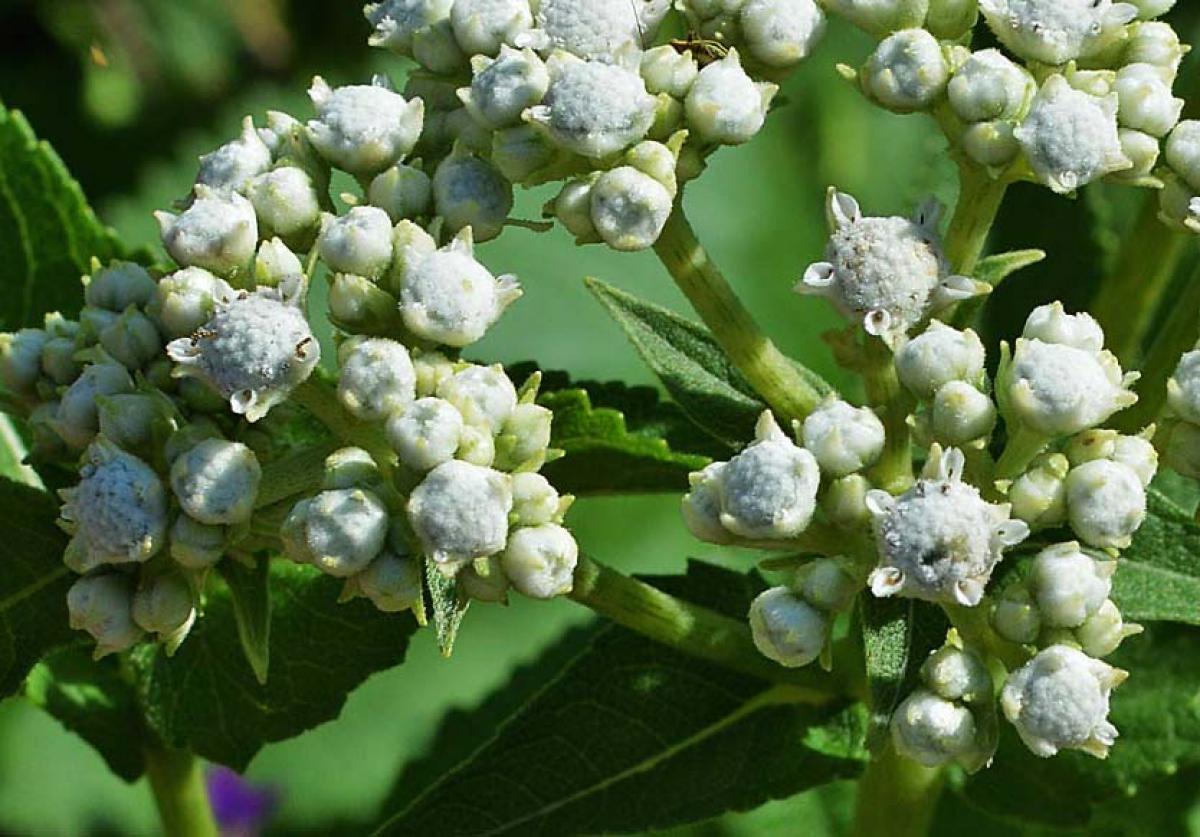

0 thoughts on “How To Treat Pine For Outdoor Use”